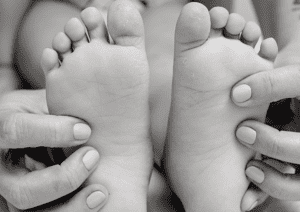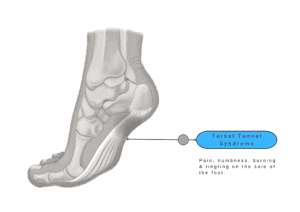What Are Compression Stockings and How Do They Work?
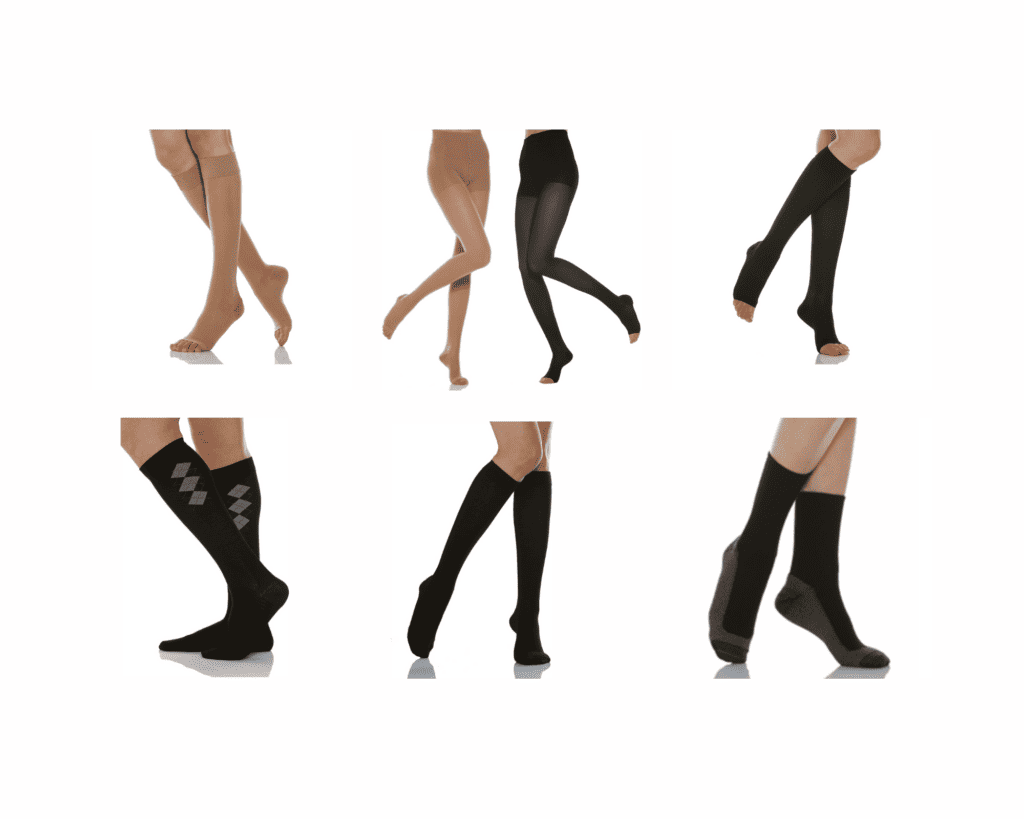
Compression stockings and socks are a special type of hosiery designed to provide graduated pressure to the lower legs. The pressure helps improve circulation in the legs and reduce discomfort associated with oedema, varicose veins, spider veins, and other common leg conditions.
By providing gentle compression, compression stockings and socks can help improve blood flow in the legs, alleviate swelling, and reduce the risk of developing more serious health complications. In this blog post, we’ll discuss what compression stockings and socks are, how they work, and the various benefits they offer.
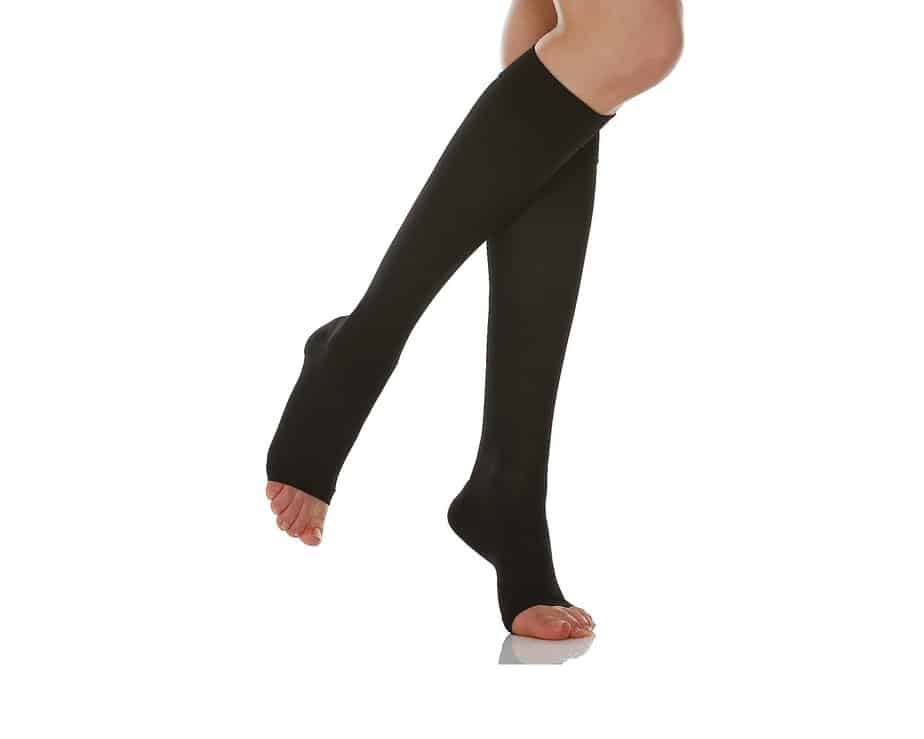
What are compression stockings?
Compression stockings are specially designed to apply pressure to your lower legs, helping to maintain blood flow and reduce discomfort and swelling. Compression stockings are typically made from a stretchy, yet firm material that fits snugly around your legs. The level of compression varies depending on the type of stockings and your specific needs. Some compression stockings are knee-high while others extend all the way up to your thigh or waist.
The purpose of these stockings is to help improve circulation in your legs. Generally, compression stockings provide the most pressure at the ankle and gradually decrease in pressure up the leg. This creates a pressure gradient that encourages blood flow and reduces the risk of venous insufficiency. When you wear them, they exert gentle pressure on the veins in your legs, which can help push blood back up toward your heart. This is particularly important if you spend a lot of time sitting or standing, which can lead to blood pooling in your legs and cause discomfort.
Compression stockings can also help prevent deep vein thrombosis (DVT), a potentially serious condition in which blood clots form in the deep veins of your legs. This is particularly important if you are at increased risk of DVT due to factors such as recent surgery, a long flight, or pregnancy.
Overall, compression stockings are a safe and effective way to manage a range of conditions that affect blood flow in your legs. It’s important to note that not all compression stockings are created equal and some may not be suitable for certain conditions or individuals. If you are considering wearing compression stockings, be sure to talk to your doctor or health care professional to determine which type is right for you and how often you should wear them.
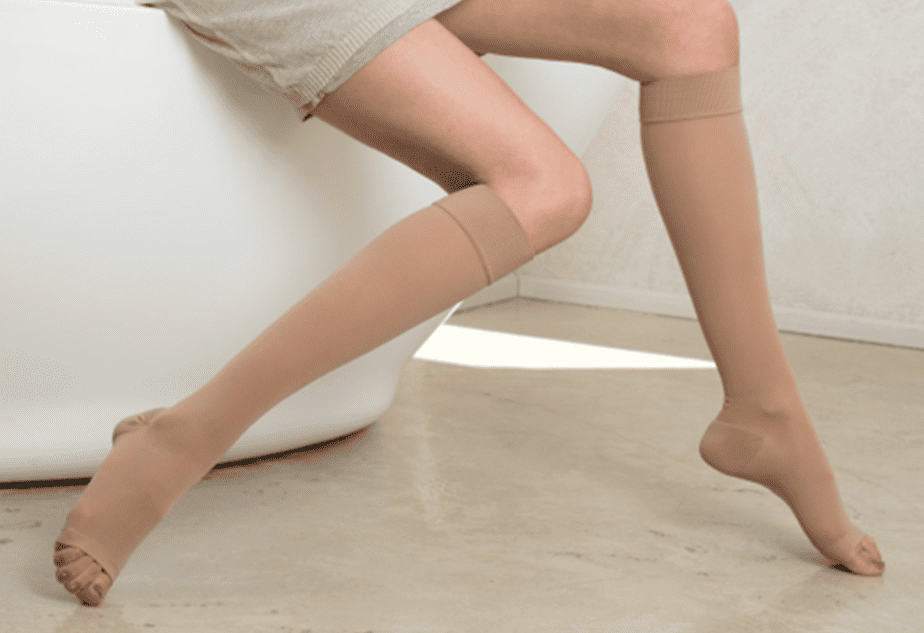
Who can benefit from compression stockings?
Compression stockings are specially designed to apply pressure to your lower legs, helping to maintain blood flow and reduce discomfort and swelling. They may be prescribed by your GP if you have a condition that causes poor blood flow in your legs, such as: varicose veins (swollen and enlarged veins), deep vein thrombosis (blood clots in the deep veins), lymphoedema (swelling caused by lymphatic system damage), or post-thrombotic syndrome (chronic leg pain and swelling after a blood clot). People who spend long periods of time sitting or standing, such as those with desk jobs or who travel frequently, may also benefit from wearing compression stockings to prevent swelling and blood clots.
Regardless of the type, compression stockings need to be worn correctly for them to be effective. They should fit snugly but not be too tight and should be put on first thing in the morning when your legs are least swollen. They should also be washed regularly and replaced every few months to maintain their effectiveness.
While compression stockings are generally considered safe, if you experience any discomfort or unusual symptoms while wearing compression stockings, it’s important to consult your healthcare provider. They may be able to adjust the level of compression or recommend a different type of stocking that is more comfortable for you.
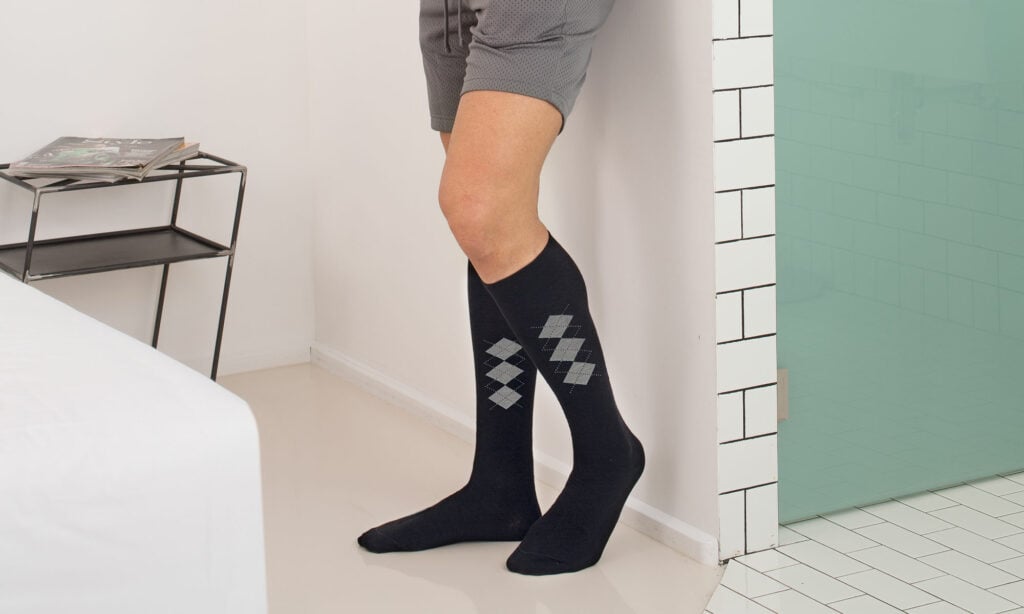
Different types of compression products
There is a wide range of compression stocking types from socks to stockings to tights.
Compression stockings can come in varying degrees of compression, from mild to extra firm. They may also come in different styles and materials. For example, some may have a toeless design or be made from moisture-wicking materials for added comfort. Additionally, there are compression stockings specifically designed for athletes, pregnant women, and people with lymphoedema.
Overall, compression stockings can provide numerous benefits for people with various medical conditions or lifestyle factors. However, it’s crucial to wear and care for them properly and be aware of any potential risks or side effects. By doing so, compression stockings can be a valuable tool in promoting better circulation, preventing blood clots, and reducing swelling and discomfort.

Wearing and caring for compression stockings
You should wear your compression stockings during the day and take them off before going to bed. Put them on again first thing in the morning. You should be given at least 2 stockings, or 2 pairs if you’re wearing them on both legs. This means you can wear 1 stocking (or pair) while the other is being washed and dried. Moreover, proper care and maintenance of compression stockings are essential to prevent infection and damage. Make sure to wash your compression stockings in cool water and dry them thoroughly. Avoid using bleach or fabric softeners when washing them. Replace your compression stockings as soon as you notice signs of wear and tear.
When putting on your compression stockings, make sure you have clean, dry skin. You may want to wear gloves to prevent damage from your nails as you pull them on. Take your time to ensure they are evenly positioned and not bunched up. It’s also important to avoid crossing your legs or wearing tight clothing over your stockings, as this can impede their effectiveness.
With proper care and use, compression stockings can provide significant benefits for many individuals, helping to improve circulation, reduce swelling, and prevent the development of more serious conditions.
Click here to view our full range of compression socks and stockings.

